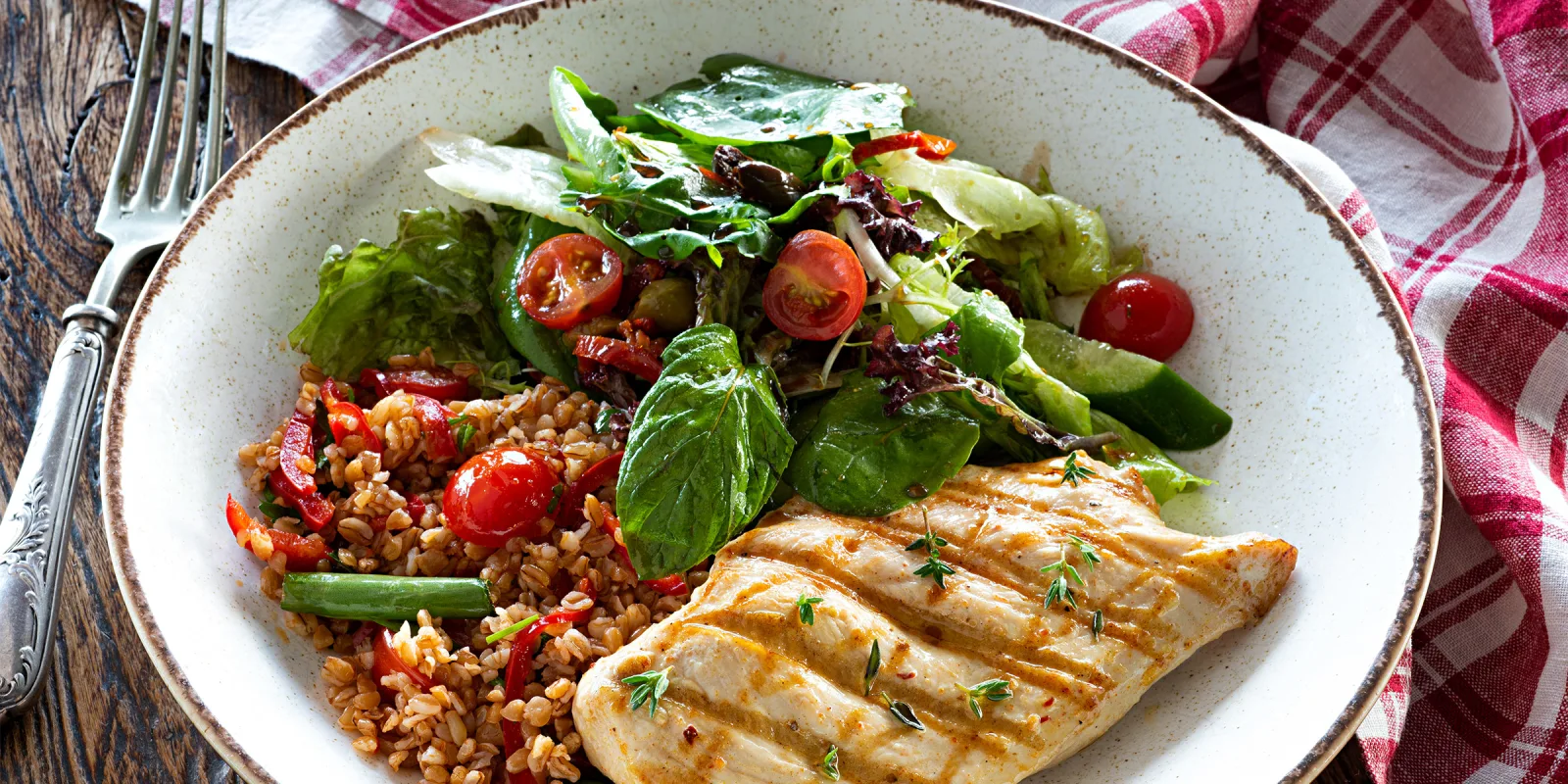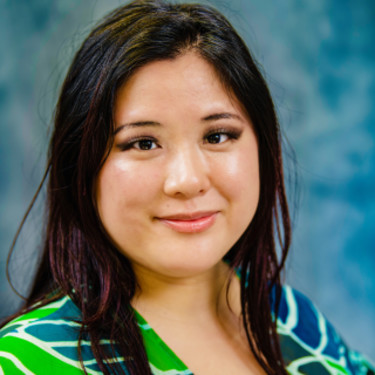Think back to the last time you truly enjoyed lunch at work. No, not that turkey sandwich hurriedly scarfed down in between patients. When was the last time you sat down and purposefully dedicated time to consumption of food? “Lunch time,” as it is often referred to, is a chance to break away from the hustle and bustle of work and just take a second to … breathe. And yet, we clinicians so often neglect it.
This makes sense, to some extent: Lunch is neither the most important meal of the day (breakfast), nor the most anticipated one (dinner). And in a hospital setting, amid the endless stream of electronic communications, patient encounters, and meetings, lunch becomes even more of an afterthought. When lunch is given its time to shine, it is often slotted alongside a meeting — a hallmark of productivity. For some clinicians, there is a guilt carried with taking time out of the day to intentionally break for lunch. Many times it has crossed my mind, “If I could just power through the day without eating …” or “I would rather work through lunch so it doesn’t pile up later.” I can name on one hand the number of times I have eaten lunch at work without any distractions.
However, lunch doesn’t have to be the neglected middle child of the meal family. I recently went on vacation among the rolling hills, sun-ripened tomatoes, and screeching vespas of Italy. Each day in Italy felt like a glimpse into an alternate world. Every afternoon, I encountered restaurants with shackled doors and signs that read “chiuso” (closed) in the afternoon. It turned out that most of the local restaurants took a pause at midday to really enjoy the afternoon lunch hour and spend time with their families.
At first, I was annoyed by this custom, but the “inconvenience” grew on me throughout the trip. The tradition was not only practical — in the searing high heat of the day, stepping back felt more comfortable — but also idyllic. Dinner meals in Italy were less rushed and more pleasant, as the break in between allowed shopkeepers and workers to recharge.
These golden hours between lunch and dinner are a chance for everyone to take a welcome pause. Accordingly, when I got back home from vacation, I decided to dedicate time to that lunch hour pause myself. Though I often only paused to eat for 10-15 minutes, I found that taking that time to unplug from the constant stimulation of EMR messages actually made me more productive once I returned to my clinical work. Eating, and actually savoring, lunch made me sharper in focus and not a bit hangry (a mix of hunger and anger); I felt both physically and mentally recharged.
Whether it is sitting in silence punctuated by the crunch of croutons or taking a few moments to laugh at a few funny video clips, lunch is part of the self-care process that has been emphasized in recent years. Our empathy extends to our patients, even our colleagues, whom we check in with to make sure they have had lunch — but where does prioritization of ourselves fall? It would be difficult to fathom a clinician asking a patient to skip lunch and power through the day so that they could have another meeting with their medical team. Ultimately, the phrase “take care of yourself so you can take care of others” holds true. I would even challenge the phrase and offer that it should not be a conditional statement. We should give ourselves permission to take care of ourselves — period.
And lunch is important above and beyond the self-care aspect: it can also be a tool for bonding with patients. These days, I ask my patients what their favorite food is when I meet them. I confess, much of it is driven by my personal curiosity about this topic of “lunch time.” But I also do it to see if I can facilitate a small midday reprieve for patients. The choice words patients use to describe hospital food — ranging from “gourmet” to “prison fare” — highlight how different our palates are. Getting this information from patients allows me to make specific requests of their families. I encourage families to bring the food in when they can, as it is not only nutrition but a piece of home, a familiarity that cannot be replicated. There are few things as heartwarming as a patient feasting on the beans and rice or porridge brought in by their loved ones — for a moment breaking bread midday amid a hurried foreign scene.
In addition, prioritizing lunch can bring clinicians closer to their colleagues. Purposefully interacting with my colleagues during lunch has led me to learn more about them than I would otherwise have known. During shared potlucks and food outings I have been introduced to the sweet syrup of Libyan baklava, different from that of other countries’ baklavas. I have learned about the history of refreshing mint tea and tempered the heated discussions on whose biryani is the tastiest. In the friendly banter is a connection born of shared experience, a camaraderie whose spirit carries through the rest of the day and helps create a positive hospital culture.
Ultimately, the action of taking lunch is not just about eating. It’s about creating an environment of fulfillment and self-care in the middle of chaos; connecting with patients and colleagues; and learning to redefine productivity. The guilt we feel when taking lunch is natural, but it’s unearned: We are at our best not when steamrolling through a relentless stream of requests, but when taking those moments of relaxation and rejuvenation. Even though there are days when urgent needs demand our attention — a crashing patient, an overbooked schedule — it’s important to “schedule in” our wellness, whether it is stepping back for a few minutes from the overstimulation of the day, or taking a minute-long pause. Better yet, choose a day of the month where lunch is prioritized — making it a part of office or team culture. After all, life is made up of a collection of core memories — when you reflect back will you regret not slowing down and taking this break to connect with yourself and/or your colleagues?
The time to start prioritizing lunch is now. Tomorrow as the lunch bell tolls, I ask that you consider stepping away, savoring your chicken salad, and permitting yourself the gift of a true lunch break. Your mind, body, relationships, and productivity will be thankful you did.
What’s your favorite thing to eat for lunch? Share in the comments!
Dr. Helen Chen is an integrated Geriatrics and Hospice and Palliative Care Fellow in New York City. She is a food lover and is always on the look out for the best bahn mi, falafel, and tacos (although is allergic to red onion and avocado!). Her instagram is @gouda_vs_evoo. Dr. Chen is a 2023–2024 Doximity Op-Med Fellow.
Image by Getty Images







